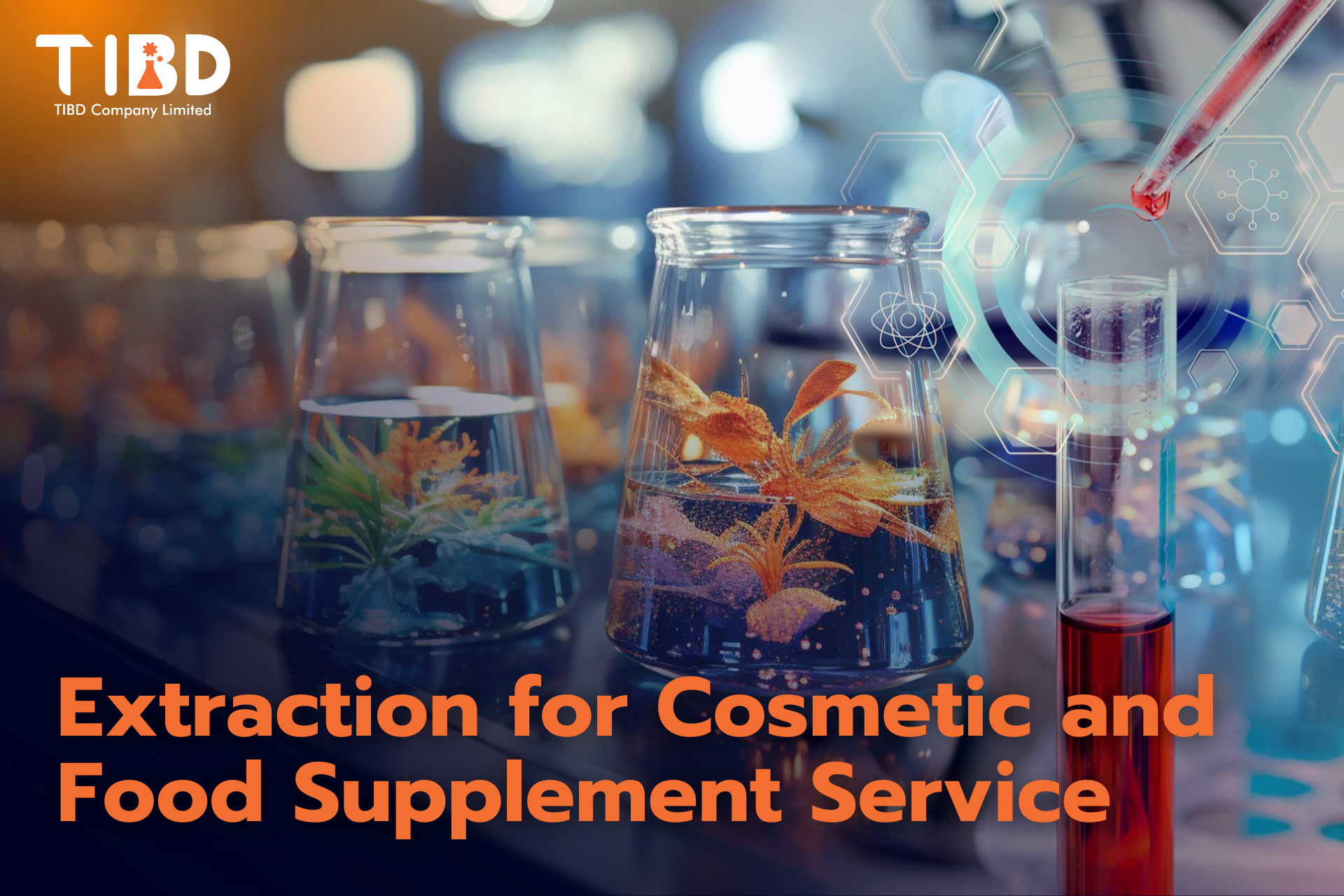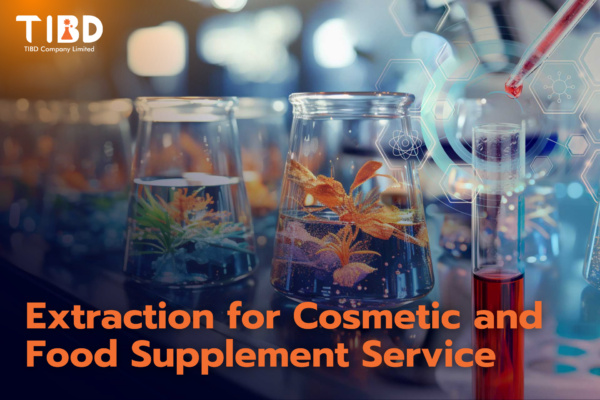Extraction for Cosmetic and Food Supplement Applications Service
Extraction Service by TIBD provides specialized active-ingredient sourcing for the health and beauty industries. Thailand is recognized for its abundant biodiversity and for investing in scientific research aimed at leveraging agricultural and herbal materials to create high-value industrial products. However, despite existing research, innovations, and technologies, actual commercial application remains limited, causing reliance on imported actives for cosmetics and dietary supplements – often at high costs.
The Extraction Service offered at both laboratory and semi-industrial scales is designed to address these industry challenges. It supports local farmers possessing agricultural raw materials who aspire to enhance their product value, as well as businesses or factories requiring efficient use of leftover by-products. Whether it’s fruit-processing waste or seafood by-products, employing extraction technologies unlocks new value – fostering SMEs, startups, and further industrial evolution toward higher-value categories in Thailand.
What Types of Materials Can Be Extracted?
1. Agricultural Raw Materials : Various vegetables, fruits, and herbs
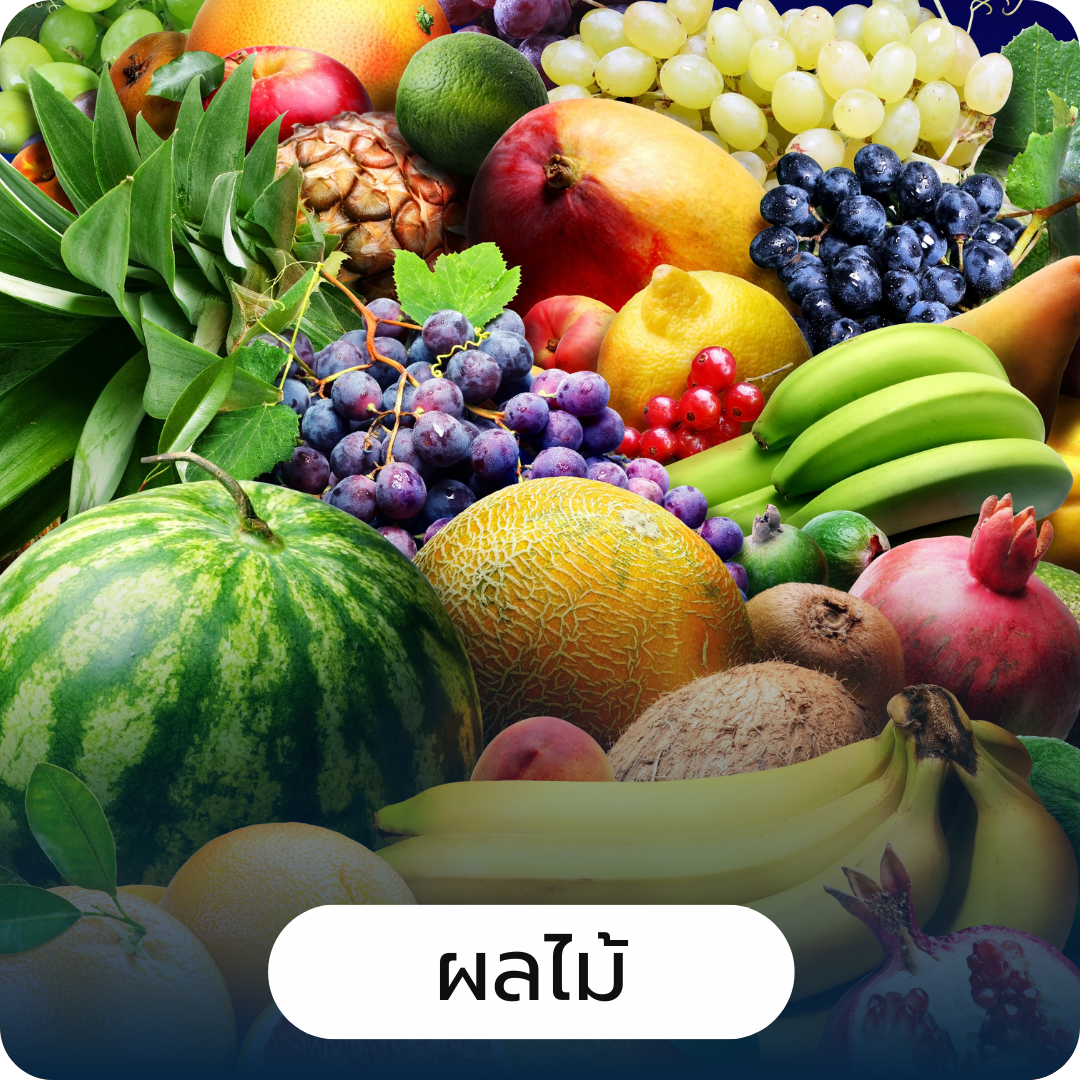
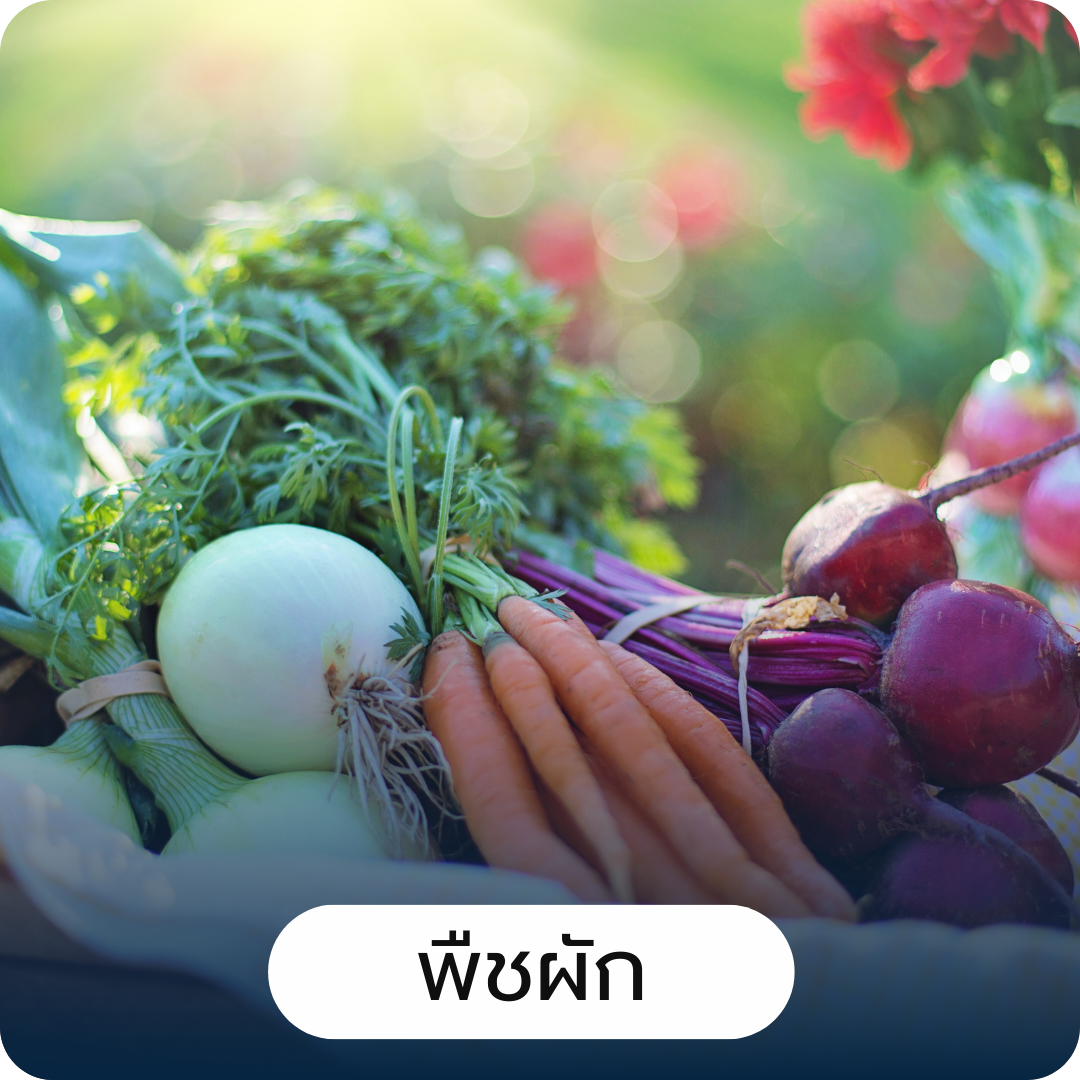
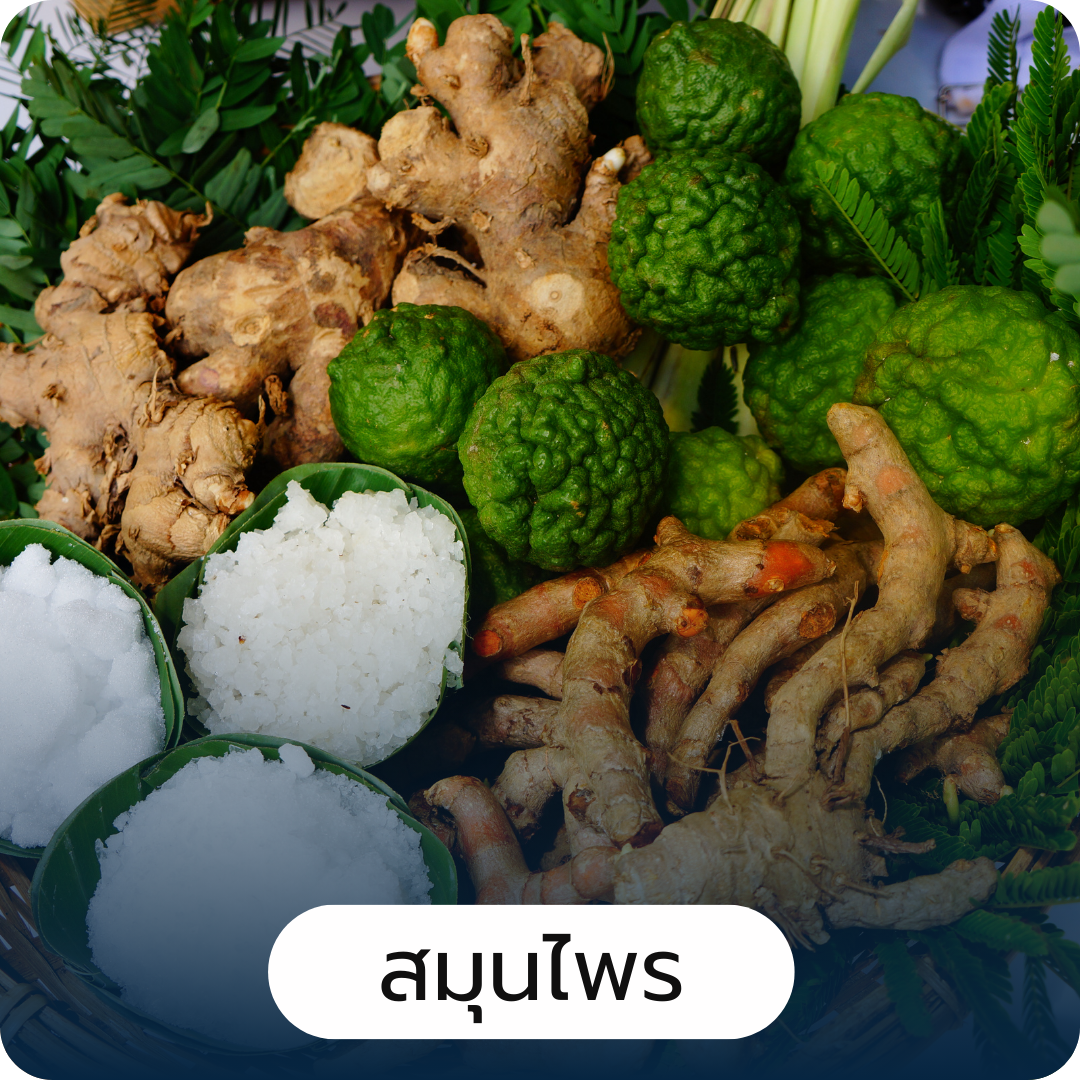
2. Fragrant Flowers : Flowers with notable fragrance: roses, ylang-ylang, bullet wood, etc.

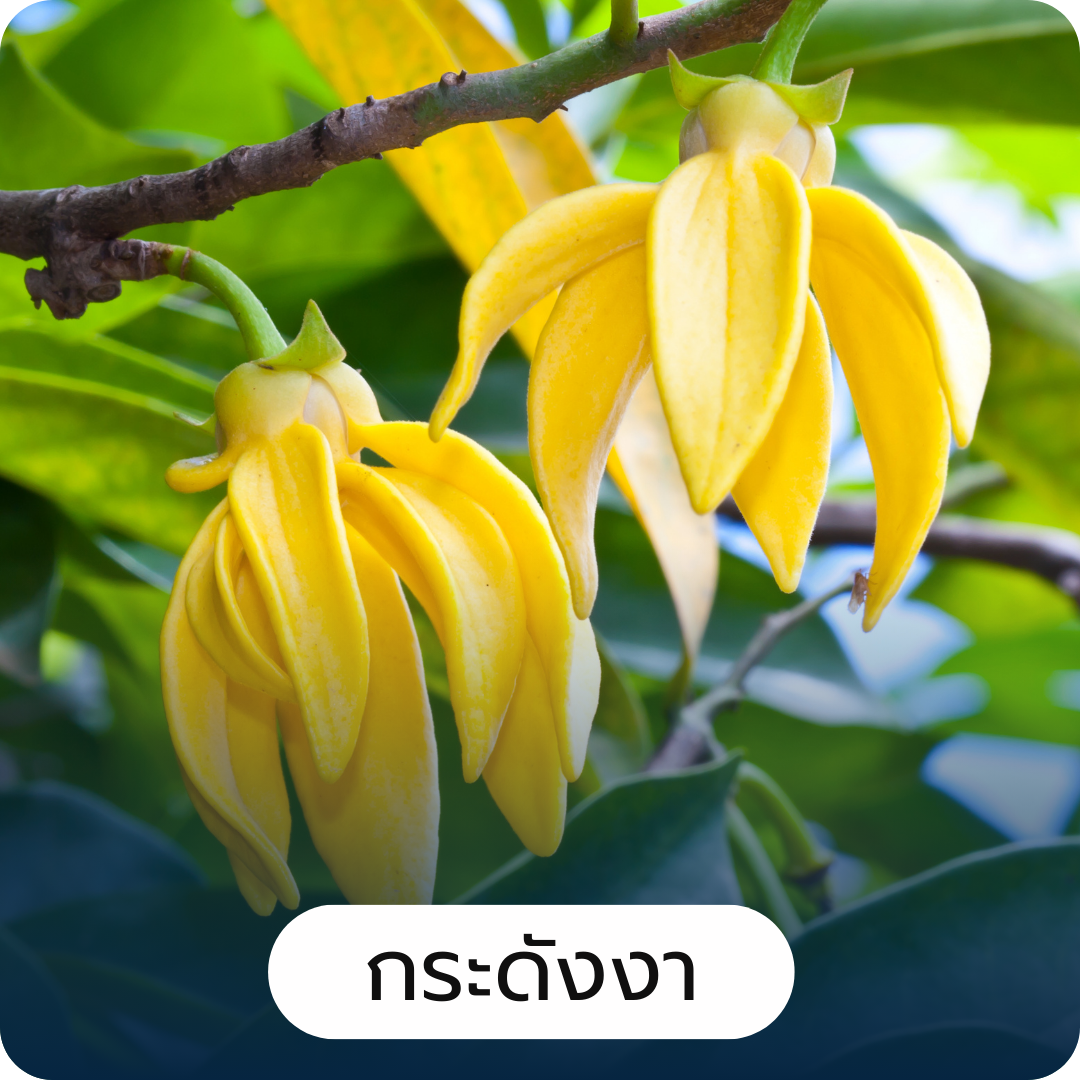
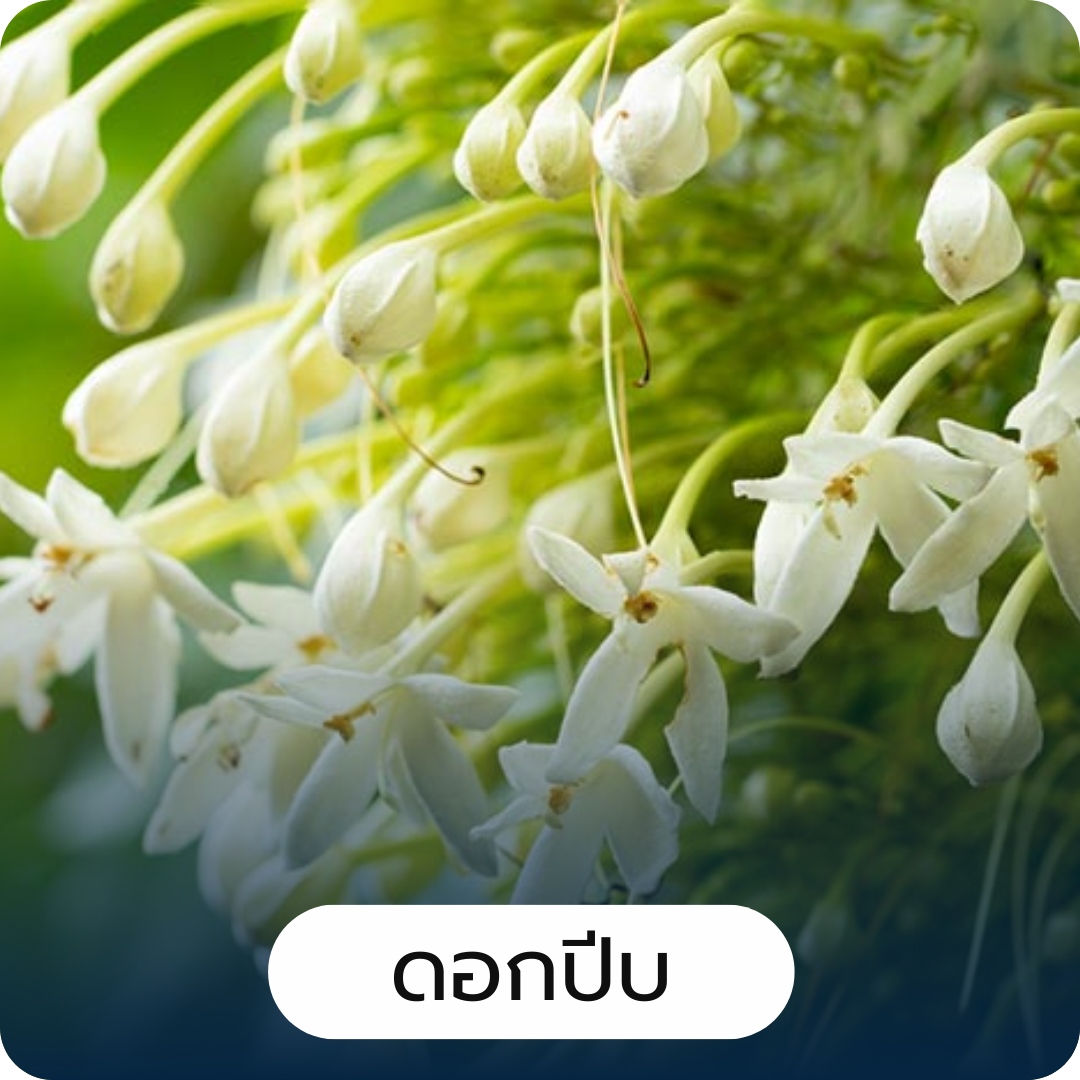
3. By-Products from Agricultural Processing
: Fruit peels, seeds, pulp remaining after juice or oil extraction
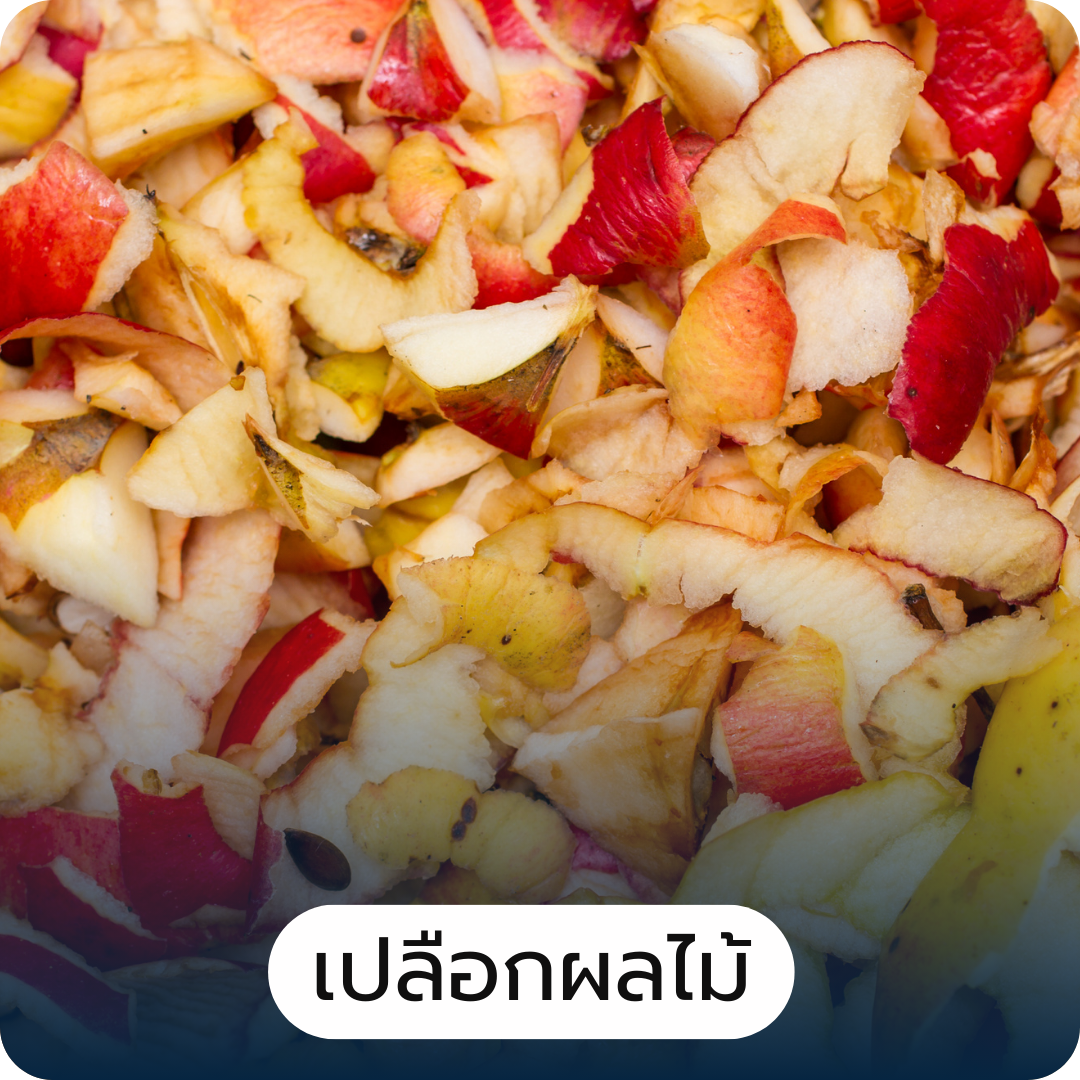
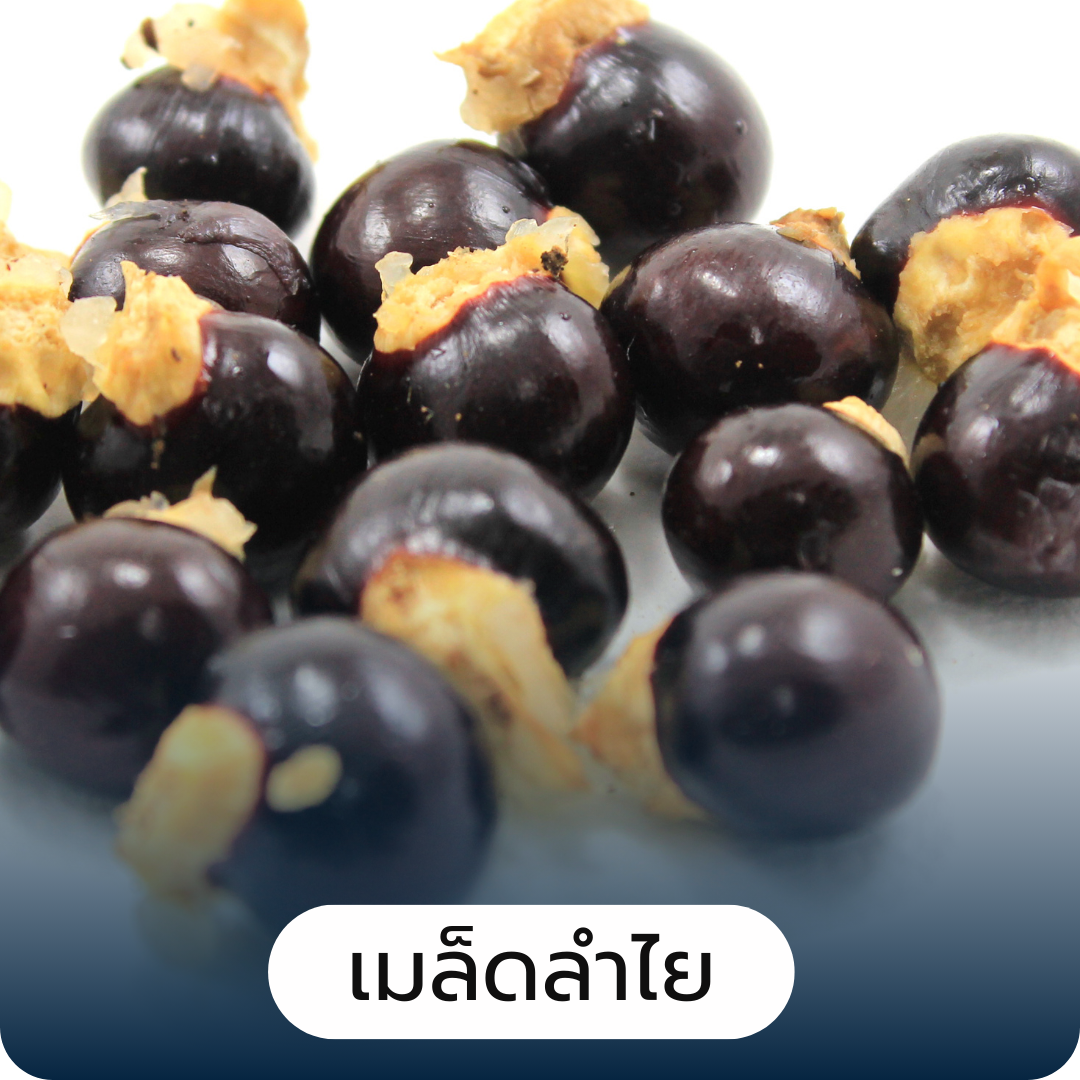

4.Leftovers from Seafood Processing : Fish scales, bones, fins, internal organs
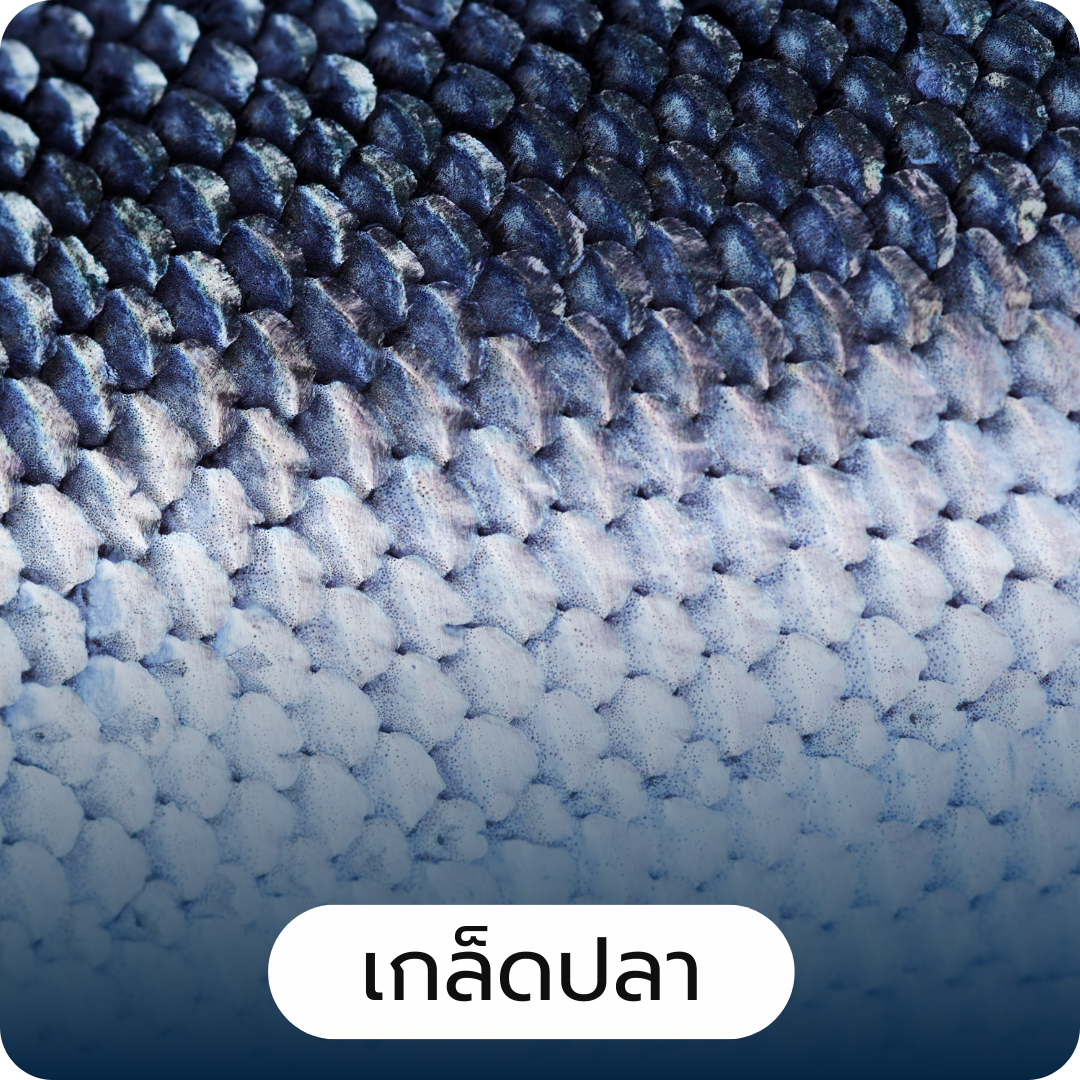
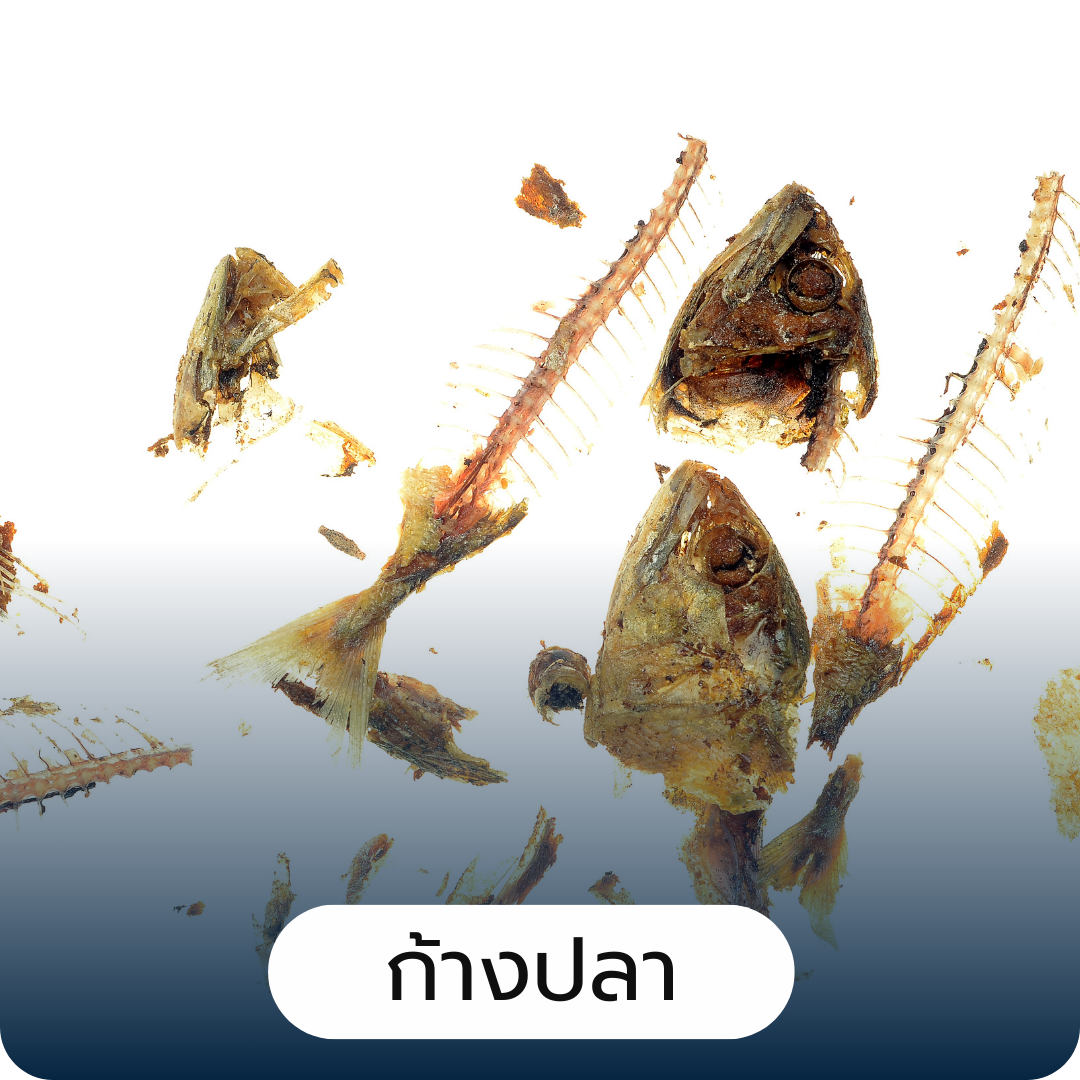
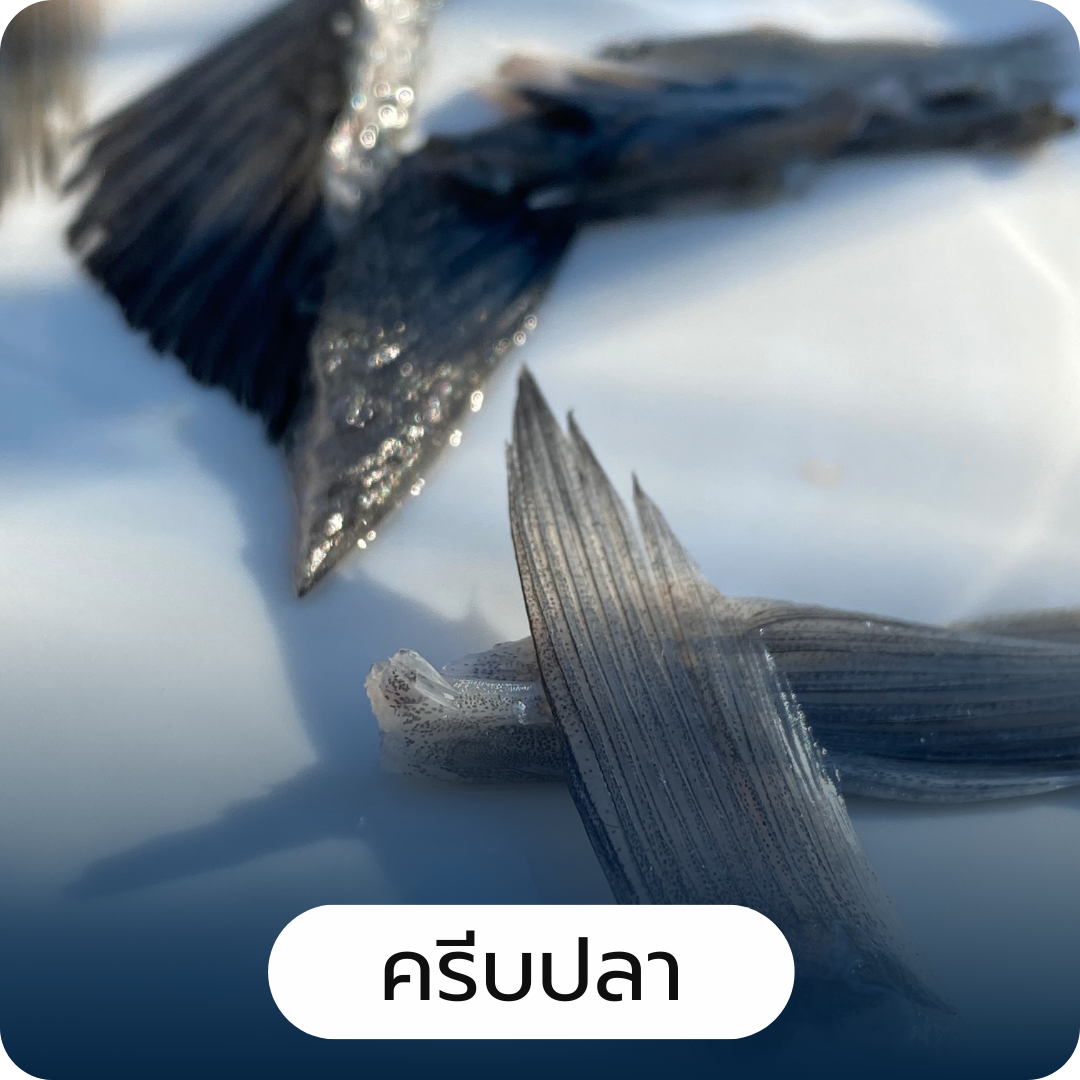
5.Leftovers from Livestock Processing : Bones, internal organs, fur, and similar residues

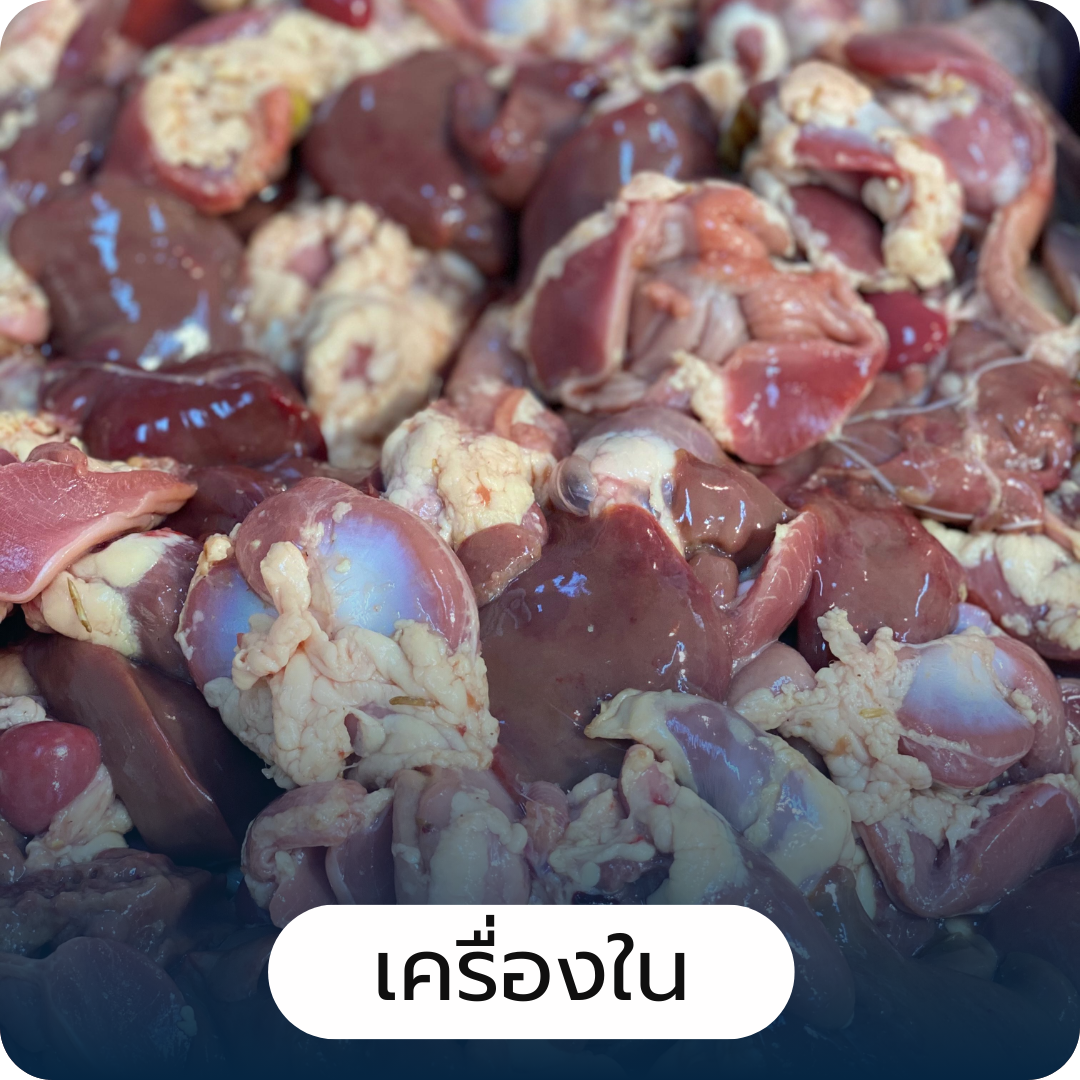

Who Benefits from This Extraction Service?
- Farmers owning raw materials wanting to increase the value of agricultural outputs
- Agricultural Processing Businesses producing by-products and seeking to convert them into high-value extracts
- Developers of Extracts for cosmetics, dietary supplements, and herbal products
- Cosmetic / Supplement / Herbal Factories wanting proprietary extracts
- Brand Owners in cosmetics, food supplements, or herbal product lines requiring distinctive new ingredients
Extraction Methods Available
1. Maceration
Overview: Herbs are soaked in a solvent within a sealed container for ~7 days, with frequent stirring or shaking. Afterward, the soaked solution is filtered, pressing residual matter (marc) for maximum yield.
- Pros: Low heat preserves thermally sensitive compounds.
- Cons: High solvent consumption.
2. Conventional Solvent Extraction
Overview: A suitable liquid solvent extracts target compounds from lower-oil seeds or raw materials, commonly used for oil pressing in plants like soybeans or rice bran.
- Pros: Relatively inexpensive, easy to source solvents.
- Cons: May involve more expensive, specialized equipment handling flammable or toxic solvents.
3. Soxhlet Extraction
Overview: A continuous extraction cycle recirculates solvent until targeted components are thoroughly extracted. Efficiency and lower solvent usage distinguish it from simple solvent extraction.
- Pros: Higher effectiveness, less solvent wasted.
- Cons: Active compounds must tolerate heat.
4. Supercritical Fluid Extraction
Overview: Uses supercritical fluids (often CO₂) at specific pressures and temperatures for improved extraction of thermolabile substances (e.g., aromas, colors, essential oils). May include co-solvents for enhanced yield.
- Pros: Highly efficient, suitable for heat-sensitive materials; minimal environmental impact.
- Cons: Demands specialized equipment and expertise.
5. Steam Distillation
Overview: Separates volatile components (e.g., essential oils) from raw materials under lower-temperature steam conditions.
- Pros: Extracts heat-sensitive volatile oils; widely used for aromatic plant materials.
- Cons: Requires a still, condenser, receiver apparatus.
6. Hydrodistillation
Overview: Boils plant materials with water in a Clevenger-type apparatus, condensing vapor into a vessel where oil and water separate by layering.
- Pros: Suitable for plant oils that do not decompose at moderate heat.
- Cons: Some delicate compounds might degrade if excessive heat is used.
Preparation for Using TIBD’s Extraction Service
- Clearly Define Extraction Goals
- Are you exploring suitable methods, analyzing costs, or conducting R&D to create novel substances? Knowing your objectives helps tailor the approach.
- Provide Raw Material Data
- Type, source, cost, quantity, physical profile. The more transparent the data, the better TIBD can optimize your extraction plan.
- Indicate Desired Extraction Outcomes
- If you have background research, share it. If not, articulate your expectations from the extraction or consult TIBD’s experts for guidance.
- Clarify Intended Use of the Extract
- For cosmetics (creams, serums, lotions) or dietary supplements (capsules, tablets, effervescent forms, powders, gummies). TIBD’s specialized input ensures correct formulation paths.
If you need further assistance or a direct consultation with TIBD’s biochemistry and industry specialists, please contact us via our official channels. We’re equipped to provide professional insight on how to best apply extraction technologies – creating higher-value extracts from your agricultural by-products or leftover processing materials. This not only yields new revenue opportunities but also strengthens Thailand’s shift toward high-value industrial applications. Click here


